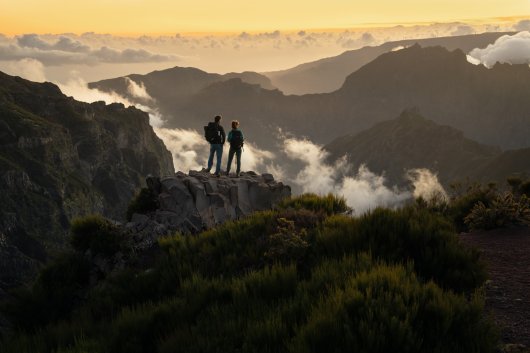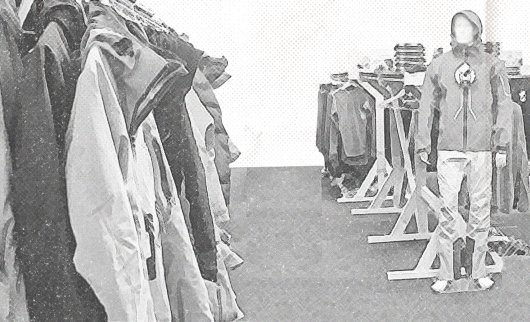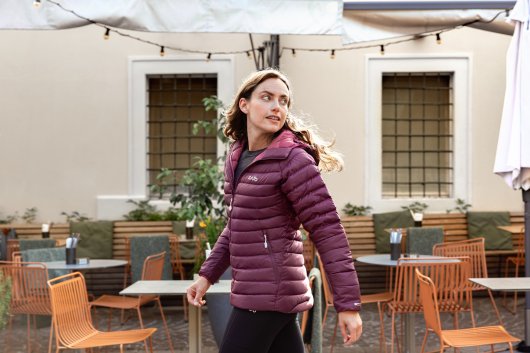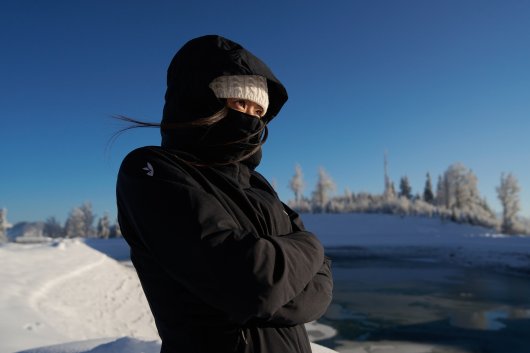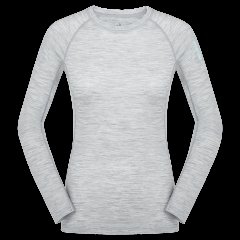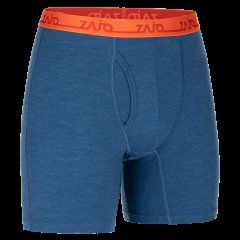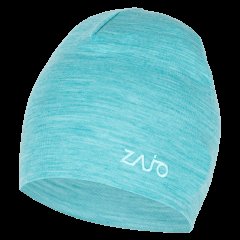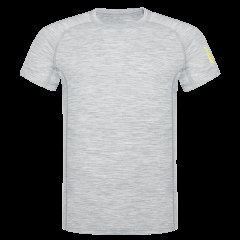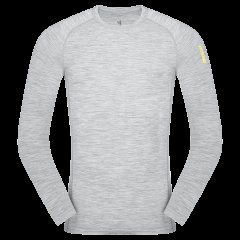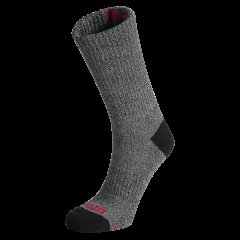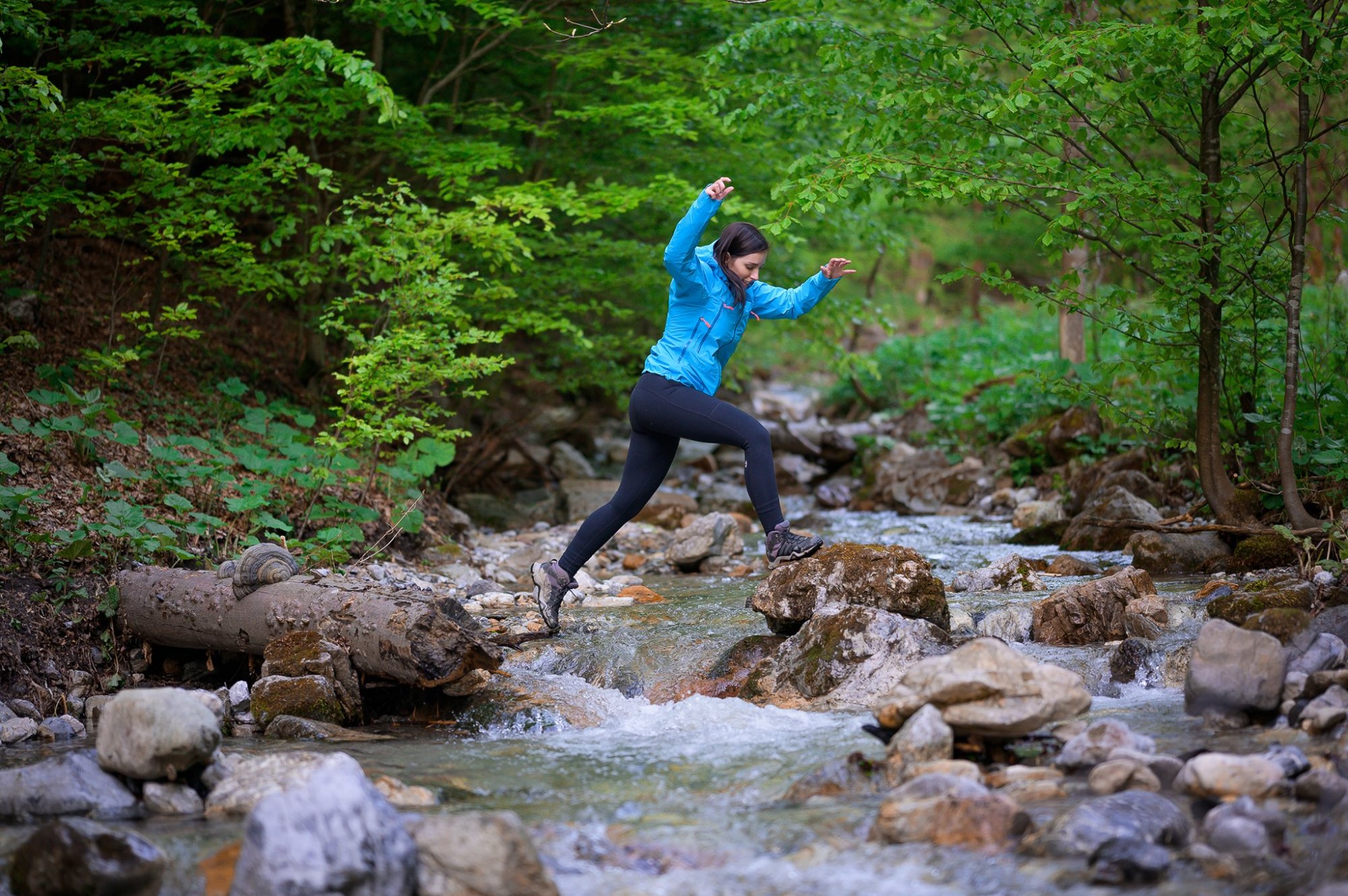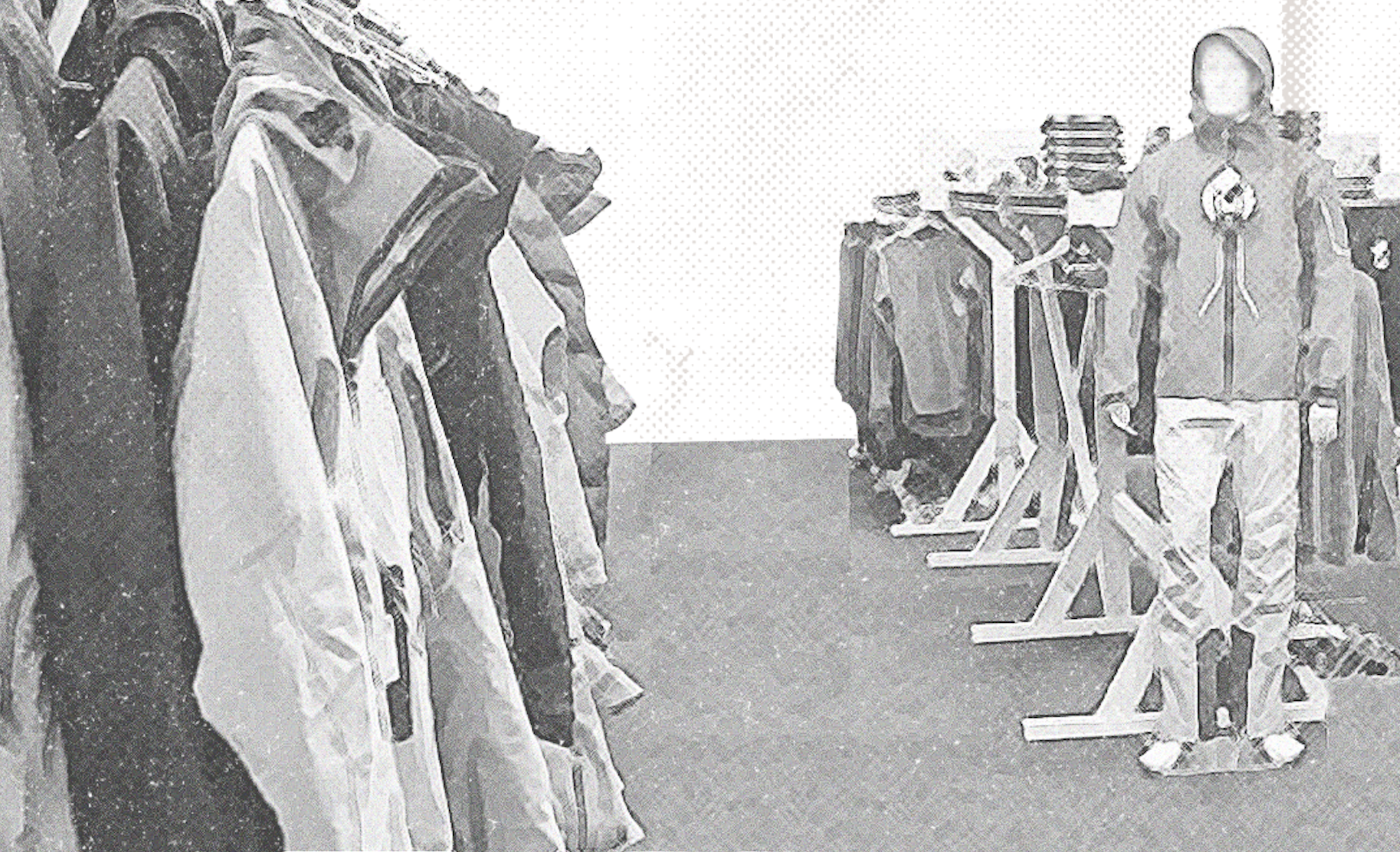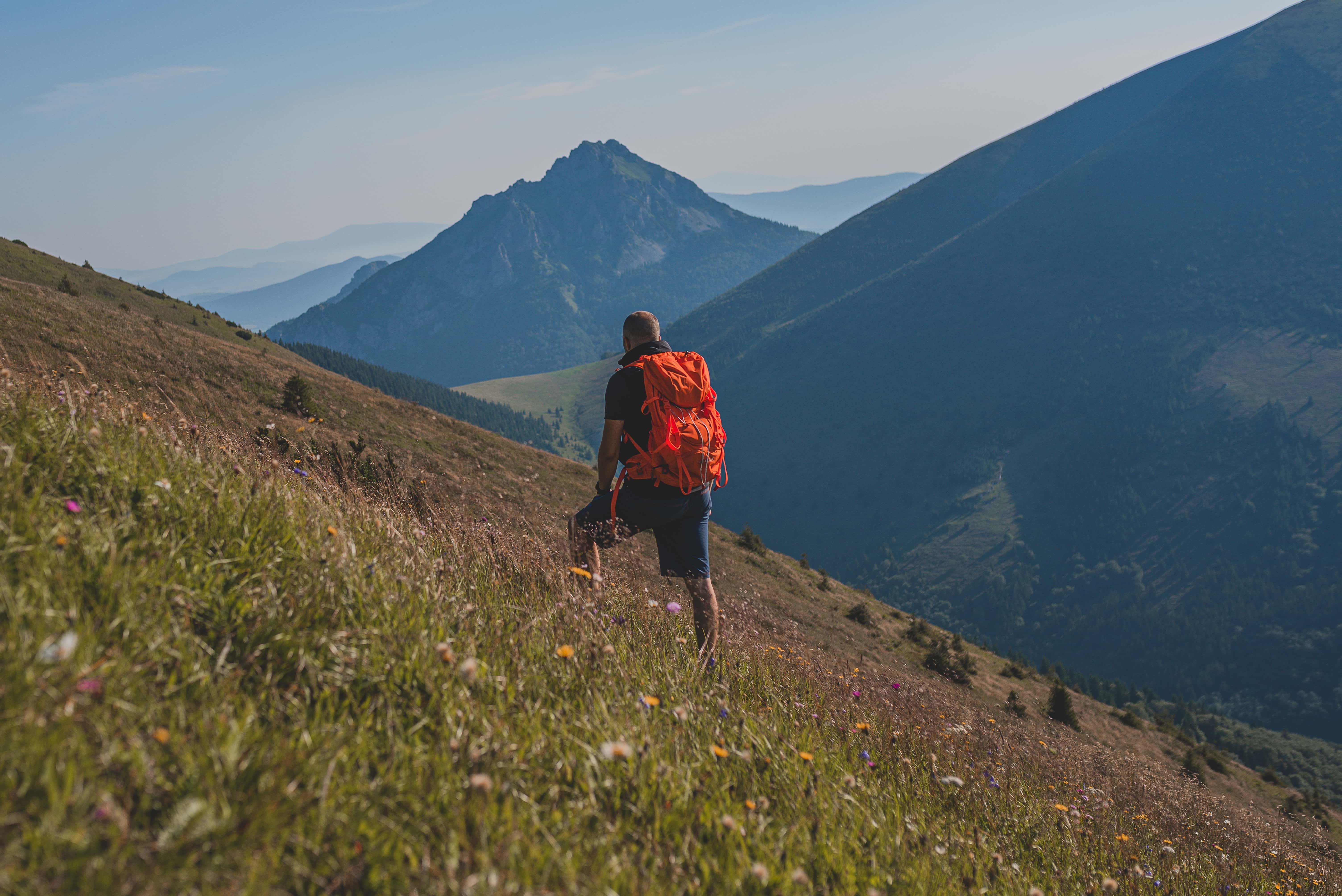How to choose hiking pants? And are tights suitable for hiking?
And we are not talking about the need to protect against the pitfalls of the weather and the effort to achieve the lowest possible weight. Summa summarum, creating honest hiking pants is a real art, based on the use of the best available functional materials.
But if you manage to find an honest pair of quality pants, you will get a companion that you can rely on for many years and in which you will gather a lot of experiences for life.
But how to choose the right hiking pants, what to watch out for and what is key with hiking pants?
The most important features of good hiking pants
Breathability
As with any piece of hiking clothing, it is important for trousers that the material breathes and effectively wicks away sweat and moisture. Since hiking as such is an active movement and our body generates heat with it, airtight trousers would very quickly spoil your hiking experience.
Abrasion resistance
Hiking trails are full of pitfalls that can easily damage poor-quality hiking pants or simpler pants for other purposes. Therefore, for example, running shorts for hiking are not a good idea, especially for the more demanding ones.
Water-resistance/waterproofness
Every tourist knows that the weather in the mountains can change in minutes. For demanding tourists who are not afraid to go to the mountains even in the rain, or regularly go on hikes in deep snow, pants with a waterproof membrane are the right choice. For the average tourist, who would be discouraged by the rain from the hike and want to be protected only in case of an unexpected shower, pants with DWR treatment, ie water-repellent treatment, will suffice, thanks to which water drops do not soak into the pants, but slide down the materials.
Ability to dry quickly
Good hiking pants will dry out in a few minutes, even if they get wet, without the need to take them off or interrupt the hike. Good material on the trousers does not absorb water and does not hold it, but continuously releases it out.
Space in the crotch and knees, stretchy
Even more than any other trousers, absolute freedom of movement is necessary in the case of hiking trousers. The terrain is never monotonous and especially during the steep movements on the rocks, just above the slope, it is important not to be limited by anything and to be able to rely on your pants.
Comfort
Hiking pants should be the most comfortable pants in your closet. They should offer plenty of space, have a pleasant lining or a pleasant material on the inside that will not irritate the skin. Good hiking pants often have an elastic waistband or linen belt, so it's no problem to fit them exactly to the figure.
Possibility to convert pants to shorts
This feature is not a necessity, but it is not only extremely popular among our customers. It is possible to unzip the lower part of the trousers and thus shorten them to shorts at any time. This makes the pants very flexible in terms of the ability to adapt to external conditions.
What are the types of pants and which ones are right for me?
Classic hiking pants
Traditional hiking pants from our production are a combination of all the above-mentioned properties - especially durability, ability to dry quickly, water-repellent treatment, and freedom of movement. Their advantage over pants, which can be shortened to shorts, is lower weight and clean design without folds. These pants will be used all year round, in the harsh winter you just have to put on the bottom layer under them.
Zip-off hiking pants
Hiking pants in the popular zip-off variant are, as we have indicated several times, pants with a zipper in the knee area, where it is possible to unzip the lower part and thus change the pants into shorts. It is a very popular variant and zip-off pants are among our best-selling models.
Shorts
The shorts are, of course, more suitable for warmer conditions and slightly less demanding terrain than classic trousers. The length of the shorts can vary, in our offer we have classic hiking shorts at the knees, but also 3/4 pants with a retro touch.
Waterproof pants
Pants with a waterproof membrane are ideal for winter sports or rainy weather. They are bulkier than traditional trousers, so that they can be easily put on over other trousers in case of rain and just as easily taken off when the rain stops.
Tights
Tights have found their way out of classic fashion into the world of outdoor and are gaining in popularity. Therefore, we dedicated a separate section to them in the article.
What about tights?
Tights are synonymous with comfort and there are not many sports for which they are not suitable. But what about hiking with its specific requirements? Are tights suitable here? Or are they too "fragile" to move between mountain cliffs?
At first glance, it may seem that tights are not suitable for hiking. And yes, classic cotton tights from fashionable houses do not meet any of the tourist's needs - they quickly absorb sweat and moisture, then cool down uncomfortably and easily tear when in contact with a branch or rock.
Manufacturers of outdoor clothing, however, responded promptly to the desire of (especially) women to wear this comfortable piece of clothing in the mountains, creating tights made of durable and functional materials that have their place in the mountains.
The advantage of hiking tights, unlike traditional hiking pants, is that they are lighter, naturally adapt very nicely to the figure, and can also be used as a bottom layer under the pants, if the weather requires it.
The disadvantage is that, despite the water-repellent treatment, they get wet more than traditional trousers and are not as durable, which can be a problem in more demanding terrain.
So can I take tights for hiking?
Tights are a good choice for hiking - as they are light, they are usually even more breathable than hiking pants, effectively wick away sweat, and offer the absolute freedom of movement so necessary for a stay in nature.
However, due to the lower level of resistance, we recommend them only for less demanding, one-day hikes. For hikes for a few days and the conquest of the highest peaks, we would rather reach for hiking pants.

